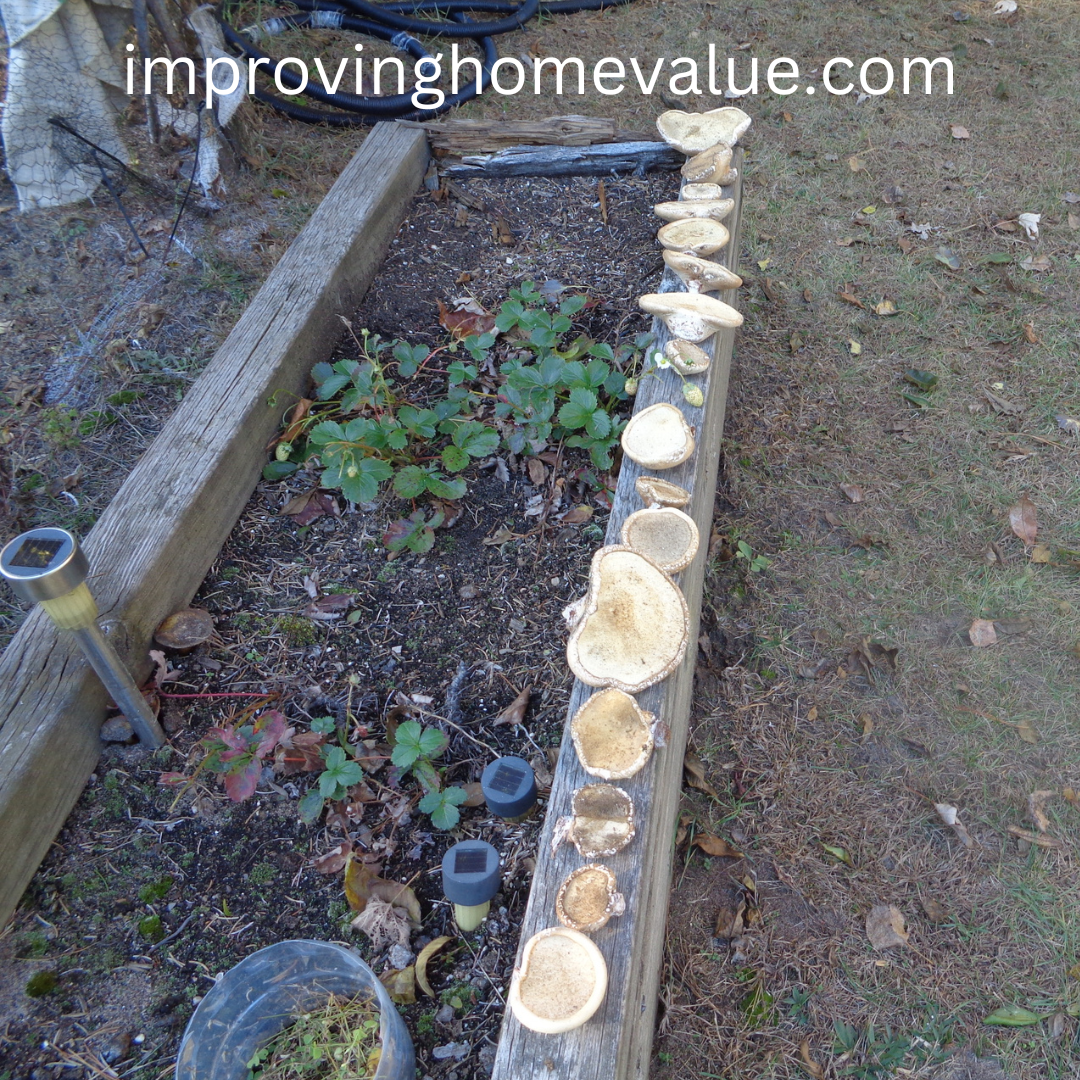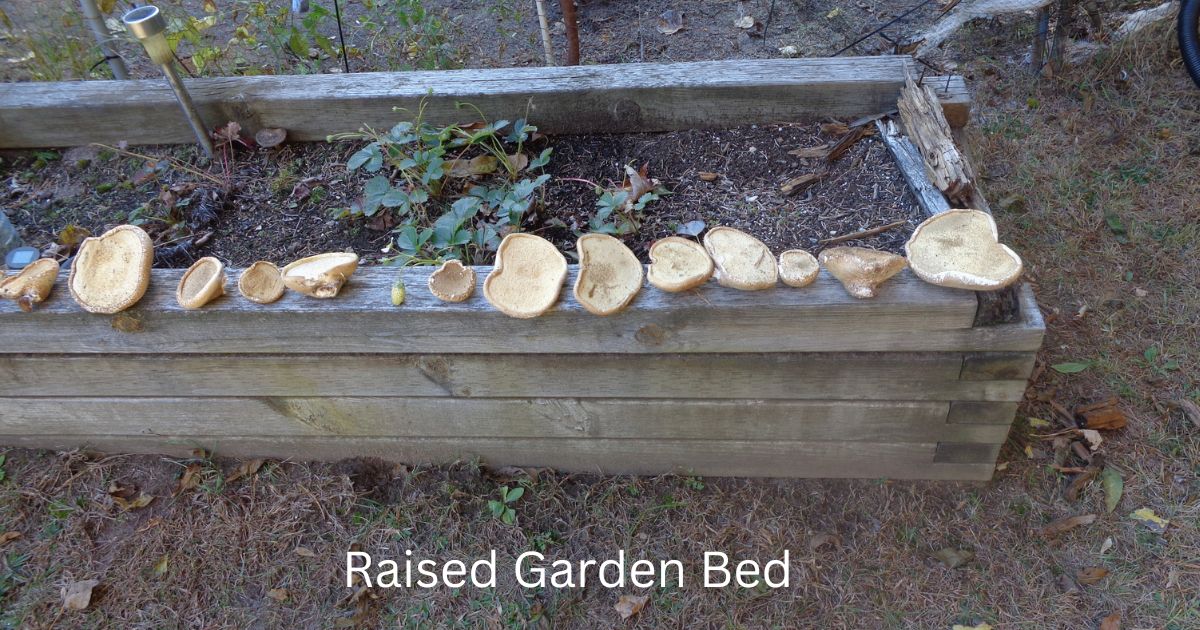Tackling a garden project in a small space can feel like solving a puzzle, but with a few smart strategies, you’ll be amazed at what you can grow. The key is choosing the right size for your raised garden beds. For most small gardens, a bed size of 4 feet by 4 feet often works best, letting you reach into the center easily from any side. This easy-to-manage size allows you to pack plenty of plants without overwhelming yourself.
The concept of square-foot gardening maximizes your available space—think of it as the Tetris of gardening. You’ll optimize every inch by dividing your raised bed into square-foot sections, giving each plant just the space it needs to thrive without wasting an inch of precious soil.
Now, onto materials. You’ve got options, and luckily none need to break the bank. Wood is a classic choice—cedar or redwood are naturally resistant to rot and insects, or you can try 4×4 post, usually available at your local hardware store. If you’re looking for something with a more modern touch, metal can be sleek and durable. Even stones can work, offering a rustic charm if aesthetics are high on your priority list.
The best raised bed layout often resembles a grid, simplifying plant maintenance and harvesting. Make sure there’s enough width to avoid stepping on the soil, preserving its structure. Setting your beds close to your kitchen or a water source can reduce your workload and help keep your plants thriving.
Laying the Foundation: What to Put on the Bottom of Raised Garden Beds
Getting your foundation right is like setting the stage for a garden that thrives. Drainage is crucial, letting water escape so roots won’t drown. Without it, plants could suffer, and nobody wants that!
Lining the base properly makes a big difference. Some folks love using gravel for extra drainage, especially in places with heavy rain or clay soil. Cardboard can also be a great, eco-friendly option because it suppresses weeds as it decomposes.
Landscape fabric is another ace up the sleeve, balancing between keeping weeds out and letting nutrients in. You want the base to support everything your plants need.
Prepare your soil mixture before planting—it’s like giving your garden a solid handshake welcome. Blend compost with loamy soil to strike gold. Loamy soil, rich but well-draining, paired with nutritious compost, gives plants vitality.
A handy tip: Adding aeration materials helps roots breathe easy. Perlite or coarse sand mixed in can improve soil structure, ensuring those roots spread out comfortably.

Optimizing Growth: Best Layouts and Plant Choices for Raised Beds
With your bed ready, it’s all about the layout and picking the right plants to make it flourish. When planning the layout, consider the height and spread of each plant. Tall plants like tomatoes or beans should go at the back, while shorter ones like lettuce can sit up front where they won’t get overshadowed.
A smart layout can transform chaos into efficiency. For example, organizing your plants in rows or clusters based on their needs makes watering and harvesting quicker and easier. Mixing in some herbs like basil around your veggies not only saves space but can keep pests away, acting as natural deterrents.
Companion planting is a cool technique, matching up plants that help each other out. Good pairings, like carrots and onions, can even boost productivity and keep pests at bay. The right combo might just make your garden the neighborhood’s envy!
Choosing plants that love raised beds is the real trick. Leafy greens, carrots, and radishes grow like champs in these setups, enjoying the loose, manageable soil. Rotation between seasons can keep your plot active—try peas or beans in spring and switch up to gourds or peppers as the weather warms.
When arranging, remember tools like a planting grid can visually organize your space, offering a tidy garden plan that maximizes yields. Using stakes, mats, or trellises can also help manage and support vining plants, such as cucumbers or snow peas, ensuring every inch of space is productive.
